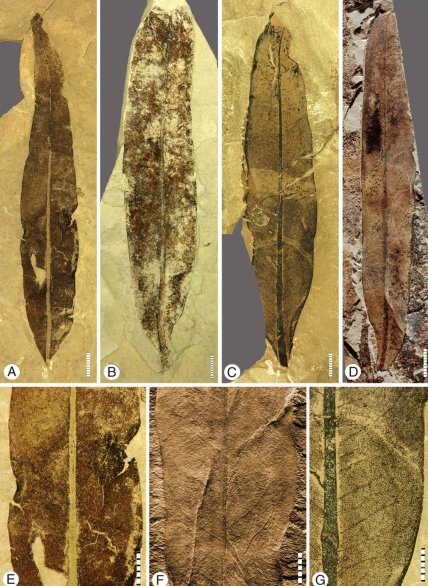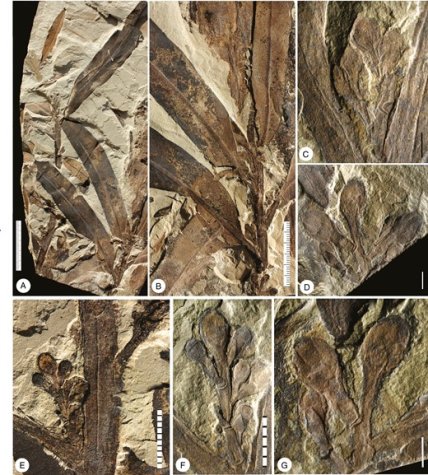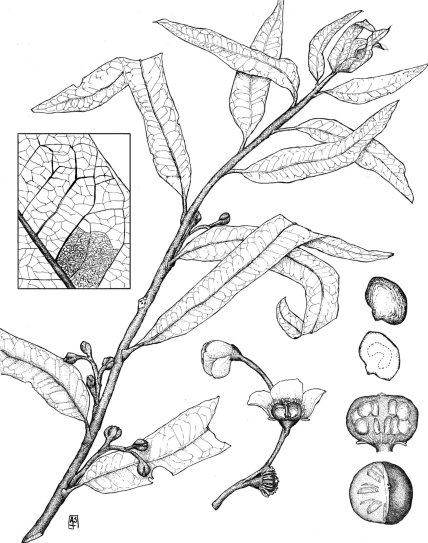Scientists have discovered an "alien plant" and are puzzled about its nature (photo included).
In 1969, scientists from Utah (USA) discovered a fossilized plant that is 47 million years old. At that time, they suggested that it was related to ginseng, but new findings have disproven this.
The plant in question is Othniophyton elongatum, and the peculiarity of the discovery is highlighted by the fact that the first part of the name can be translated as "alien plant" or "foreign plant." A new study has been published in the Annals of Botany.
The authors of the study compared old and new findings and can now not classify this plant into any of the existing families of flowering plants.
This is unusual, especially considering that there are currently about 400 families of flowering plants. To illustrate the scale, it is worth noting that such diverse species as mango, poison ivy, cashew, and around 800 other species are part of just one of the four hundred families.
Not finding anything similar among existing plants, the scientists turned to the database of extinct species. Yet, they faced failure there as well.
The authors note that the "alien plant" serves as a vivid illustration of the main issue in paleobotany — when a new discovery is attempted to be included in an existing group, leading to a distorted understanding of the actual diversity of plants in ancient ecosystems.
The fossils were found in the Green River Formation in Utah, which, during the Paleogene, 47 million years ago, was a network of lakes in a tectonically active region. This created favorable conditions for the preservation of animal and plant remains and the formation of a large number of fossils.
The 1969 analysis was based solely on the discovered leaves with a complex vein structure, which is quite characteristic of ginseng. However, new findings included not just leaves but also flowers, fruits, and even seeds.

Interestingly, even with fully formed fruits, the plant retained active stamens, whereas modern species simply shed them after pollination.


As previously reported, scientists explored the depths of Lake Enigma in Antarctica. Despite being under several meters of ice, it harbors an entire ecosystem that has never been seen before.